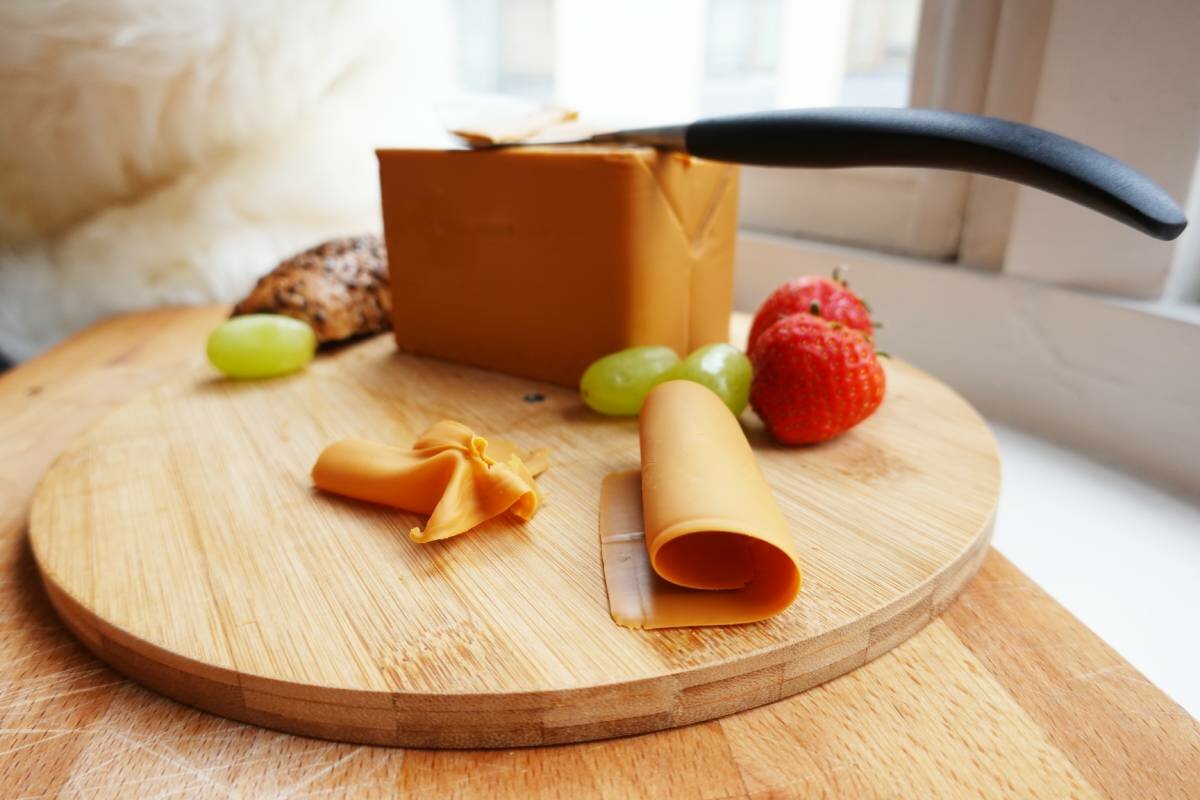Discover Norwegian foods guaranteed to elicit a few “wows” and “woahs.”
In every culture, there are dishes that will make you raise your eyebrows and ask, “Really?” Lucky for you, we have compiled a list of foods that are likely to trigger that exact reaction!
Get ready to discover traditional Norwegian foods which have been loved for centuries, but may seem strange if you’re not used to them.
Raspeballer
We’ll go easy on you to start off.
Raspeballer is a traditional dish with many names, depending on where in Norway you are. They are popularly referred to as klubb, raspekake, komle, kløbb, kumpe, kompe, and potetball – to name a few. Clearly, we have many labels for the things we love!
Raspeballer is quite easy to make, with the ingredients being potato, flour, salt, and water. Once made into balls, they are boiled. Sometimes the balls are filled with pieces of pork, and they are usually served with salted meat and various sides such as turnip, butter, cranberry jam, or even syrup. The dish is popular in Norway and Sweden, as well as countries in Eastern and Central Europe. In Lithuania, it goes by the name of “Cepelinai” and is a national dish!
Fårikål
Fårikål is considered by many to be the Norwegian national dish, which speaks to its popularity! Directly translated, it means “mutton in cabbage” – which makes its description fairly straightforward. For this meal, mutton is cooked for several hours in a casserole with cabbage and black pepper, before being served with boiled potatoes.
Fun fact: in 2012, the Guinness world record for the largest portion of mutton was achieved in Oslo. The result was 594.2 kilos of fårikål!

Brunost
Brunost, a characteristic Norwegian cheese, translates to ‘brown cheese.’ It’s considered one of Norway’s most iconic foods.
To non-Norwegians, this sweet, caramel-tasting treat might seem odd, but rest assured that it is very popular among Norwegians! Brunost is created when cow milk is boiled and the resulting sugars are caramelized, with stronger tasting forms of the cheese being made with goat milk.
Interestingly, brown cheese has gained a lot of traction in South Korea recently. Tine and Synnøve Finden, the two biggest producers of brown cheese in Norway, started exporting the cheese to South Korea in 2019 and have had immense success, according to NRK.
To learn more about brunost, read our comprehensive article here.
Tørrfisk
Tørrfisk, or stockfish in English, is unsalted fish dried on wooden racks (called “hjell” in Norwegian). The racks are placed by the seashore so that the fish, usually cod, can be dried by cold air and wind.
Tørrfisk goes back many centuries, first being mentioned as early as the 13th century. This is a popular food both amongst Norwegians and internationally.
Lutefisk
Another traditional fish dish, lutefisk goes back to at least the 16th century. Literally translating to “lye fish,” lutefisk is a meal composed of dried stockfish (usually cod, ling, haddock, or pollock) soaked in lye.
Preparation varies depending on where you are in the country. Boiled or baked, the most common way to serve it is with pea stew, boiled potatoes, bacon, and mustard. In Bergen, it’s common to have your lutefisk with a side of turnip puree, while the people of Trøndelag prefer their lutefisk with syrup and brown cheese.
For more information on this characteristic dish, read: Your guide to Norway’s infamous “lutefisk”: Dried cod in lye
Reinsdyrhjerte
Reinsdyrhjerte translates to “reindeer heart” and is – yes, you guessed it – the heart of a reindeer.
Considered a delicacy, the reindeer heart is served with minimal sides, most commonly just potato and sour cream. There are several ways to prepare it: you can fry it, smoke it, or dry it.
Rakfisk
A meal with a punchy smell, rakfisk is a traditional Norwegian fish dish with roots dating back to the Middle Ages. It’s usually made from freshwater species such as trout and char. The strong smell comes from the fish being salted and then fermented for two to three months, sometimes even up to a year.
When ready, it’s eaten without being cooked.
Many are reserved towards the dish due to its pungent smell. Still, if you want to give rakfisk a go, popular sides include lefser (traditional soft Norwegian flatbread), potatoes, pickled red onions, sour cream, pepper, and fresh thyme.
Torsketunge
Torsketunge translates to “cod tongue.” The most common ways to prepare this delicacy are pan frying or deep frying, with the latter being an especially popular option.
Tongue cutting is a common job in Norway during the winter, when cod spawns and becomes “skrei.” The practice is considered by many to be part of the local cultural heritage in northern Norway. It is especially popular among schoolchildren and teenagers who are looking to earn good money.
Gravlaks
Gravlaks directly translates to “buried salmon” and is a dish consisting of raw salmon marinated in salt, sugar, and dill. In the Middle Ages, gravlaks was made by fishermen who salted the salmon and fermented it by digging it into the sand above the high waterline, according to Meny. That certainly explains the name!
When being prepared today, gravlaks is usually placed in a mold in the fridge for 3-4 days. No digging necessary.
Smalahove
Perhaps the most visually shocking dish on this list, Smalahove is the head of lamb or sheep that has been scorched, smoked, and boiled. The dish as a tradition is particularly strong in eastern Norway, and it’s considered a delicacy by many.
Smalahove dates back to times when Norwegians had less money and it was considered very important to use as much of the animal as possible. When you think about it, it’s a sustainable way of eating as well.
Would you dare to try this eye-catching dish?
Source: #NorwayTodayTravel
Do you have a news tip for Norway Today? We want to hear it. Get in touch at [email protected]



Be the first to comment on "10 strange Norwegian foods, ranging from uncommon to simply shocking"